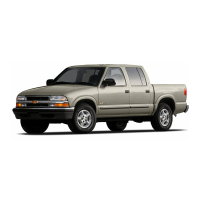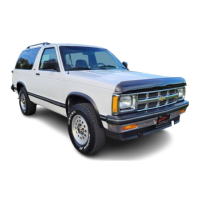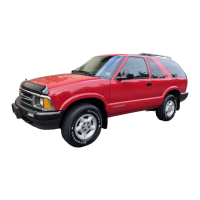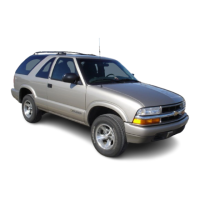Getting Familiar with
Off-Road
Driving
It’s a good idea to practice
in
an area that’s safe and close to home before
you go into the wilderness. Off-road driving does require some new and
different driving skills. Here’s what we mean.
Tune your senses to different kinds
of
signals. Your eyes, for example, need
to constantly sweep the terrain for unexpected obstacles. Your ears need to
listen for unusual tire or engine sounds. With your arms, hands, feet, and
body you’ll need to respond to vibrations and vehicle bounce.
Controlling your vehicle is the key to successful off-road driving. One
of
the best ways to control your vehicle is to control your speed. Here are some
things to keep in mind.
At
higher speeds:
you approach things faster and you have less time to scan the terrain for
obstacles.
you have less time to react.
you
have more vehicle bounce when you drive over obstacles.
you’ll need more distance for braking, especially since you’re on
an
unpaved surface.
Scanning the Terrain
Off-road driving can
take
you over many different kinds
of
terrain.
You
need to be familiar with the terrain and its many different features. Here are
some things to consider.
Sugace
Conditions.
Off-roading can take you over hard-packed dirt,
gravel, rocks, grass, sand, mud, snow or ice. Each of these surfaces affects
the steering, acceleration, and braking
of
your vehicle
in
different ways.
Depending upon the kind of surface you are on, you may experience
slipping, sliding, wheel spinning, delayed acceleration, poor traction, and
longer braking distances.
4-
14

